We’ve all heard the cliches that “men don’t talk about their feelings” and only want to chat football. But there’s a reason these tropes persist: they contain truths that workplaces often ignore.
Emily Pearson, Founder of Wellbeing Lead Academy and the Manbassador programme, says many organisations still don’t understand how differently men communicate, especially when it comes to health.
“It’s so different,” she says. “Put two women in a room who’ve never met each other and in ten minutes we’ll be talking about everything from periods to the menopause to our plan for the next five years. Men don’t do that.”
Workplaces largely haven’t created spaces for men, as much as they have women, to speak up in a way that feels comfortable for them about their health and wellbeing. The far fewer number of male networks is evidence of this.
“‘Come along, sit and talk about your feelings’ is probably not going to get men engaged in a health based conversation,” says Pearson.
So what is? This article gives you 8 ideas for inspiration…
1. Understand male psychology better
There are evolutionary reasons that men and women are different, and have different attitudes and preferences when it comes to communications and thinking about their health and wellbeing. But the fact there is currently only one module in the UK which covers male psychology – and that’s at Sunderland University – is more evidence we don’t really understand the important nuances, says Pearson.
“Men build relationships in a different way. It’s around camaraderie, teamwork, a bit of healthy competition and by standing shoulder to shoulder,” she says.
“If you put a five a side football match over lunchtime and have a bit of competition between the guys in finance and the guys on the shop floor, they’ll probably turn up. Then you can embed and introduce conversations and information about health and wellbeing, once the engagement happens.”
2. Critically assess your health policy: do you understand your men? Really?
“I find a lot of employer health policy is written by middle class people in nice middle class, warm offices and they don’t really understand how the policy supports employees especially the likes of blue collar men doing blue collar roles,” says Mark Brooks, who is working with the government on its forthcoming Men’s Health Strategy (more on this later).
Matt Grisedale, Senior People Champion, E.ON, was very conscious of this, setting up a men’s network because the five people who originally set up the group were all white, middle-aged men.
“We were all coming from the same space so I knew we had to bring in some new perspectives,” he says. “So I reached out to people I knew across the business, people with very different perspectives to ours. We were conscious of not just creating a space that was going to work for middle-aged white men because that’s what we are.”
3. Recognise building trust takes longer
Often men will disclose about their mental health and wellbeing just to a trusted female partner, whereas women generally have a lot of female friends and talk to them.
“Again this is evolutionary, it’s biology and psychology,” says. It means that workplaces need to expect the process of getting the conversation going to take longer.
4. Don’t force men to talk about their feelings (especially to therapists)
Sometimes rather than a therapist or a counsellor, men would prefer to speak to a peer, which is why peer mentor programmes like Manbassadors are seeing such success (see Active Leeds case study here).
Also, the positive influence isn’t necessarily about talking – role models can inspire others just by modelling healthy behaviour.
“Having Bobby in your in your organisation, who’s being a positive male role model is just as powerful as some amazing footballer who’s on million pound a month salary,” says Pearson.
5. Let conversations happen naturally
“Our most powerful sessions happen when we simply say, ‘what do you want to talk about?’” says Grisedale. “That openness leads to real lightbulb moments.”
“Men are more likely to want to problem solve their issues, rather than just ‘talk’ about their feelings,” says Pearson.
“Men want to find ways forward. So often the best way to communicate with them is through coaching around goal setting and finding solutions to problems. It’s a different way of supporting.”
6. Consider using ‘banter’ for men in health messages
Many men say they appreciate humour being brought into communications, especially around tough topics.
Take cancer, for example. Grisedale says that one of the approaches that engaged male employees recently in a podcast on testicular cancer was the fact the interviewees “made it fun and talked about some of the silly nicknames they’d be given by their friends and family, because that’s how men like to interact”.
As Grisedale rightly says, getting this balance right has become tricky in light of the ‘toxic masculinity’ tag now automatically attached to some male behaviour, with ‘banter’ often being brandished with one brush as ‘all bad’. However, as he says:
“Sometimes that kind of banter can be seen as toxic masculinity but often that isn’t what it is, often it’s just a different way of dealing with difficult stuff.”
7. Offer anonymous resources
“There’s a lot of demonisation about the online world, but men will tend to look for help themselves, especially about a sensitive topic, which is why anonymous helplines are good,” says Brooks.
That’s why, too, employers shouldn’t underestimate the value of rich online information and signposting.
“These are often a gateway for men to seeking help and validation,” says Brooks. “Men may not want to talk at work but if they suddenly start turning up to a Andy’s Man Club or Men’s Shed because they found the link on your website, you’ve done your job as an employer.”
8. Support the Men’s Health Strategy
A government-backed Men’s Health Strategy is in the works. It aims to get more men into the health system—and into work—by tackling health barriers.
Employers can feed into the government’s call for evidence, open now.
Information about what health strategies have succeeded and why, as well as the barriers which had to be overcome, is useful to help inform policy.
According to Brooks, the government is “100%” committed to seeing this strategy through:
“This isn’t something that’s been handed down to a junior minister to take charge off, it comes right from the top. The government has got ambitious targets to have employability rates of 80%. To do that, though, you need a male employability rate of 83% because the rate needs to be higher for men than women. That means we need a million more men in work than we currently have and the biggest barrier for them is ill health.”
You might also like:












